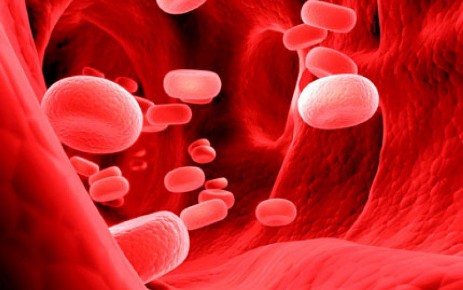Blood
Donation
5-7% of our body’s volume consists of blood and we circulate, on average, between 4 and five liters.
Our lives depend on tts movement and efficiency.
Our lives depend on tts movement and efficiency.
Blood and Blood Components
Cell PART
Liquid Part
The Plasma: This represents the liquid component of blood, allowing the blood cells to circulate. Plasma mainly consists of water (90%), in which many substances are dissolved such as proteins, sugars, fats, minerals, hormones, vitamins, antibodies and coagulation factors.
Cell PART
Red Blood Cells: (Erythrocytes or red blood cells) have the function of carrying oxygen to tissues, eliminating the carbon dioxide. They regulate the acid-base balance of the blood. They are made up of 65% water and 35% solids (95% of hemoglobin and 5% of lipids, enzymes).
On their surface, they contain the antigens of the blood groups.
The number of red blood cells, on average, is between 4.2-6 million per cubic millimeter.
White Blood Cells: (also known as leukocytes) defend the body.
Some work to destroy foreign substances that penetrate the body; others work to form antibodies.
They are divided into granulocytes, lymphocytes and monocytes.
The normal values range from 4,000-10,000 per cubic millimeter.
Platelets: Platelets are the smallest blood elements. In a single cubic millimeter there are around 300,000 platelets. Their average duration is very short: just 3-5 days. Their function is important in blood clotting.Liquid Part
The Plasma: This represents the liquid component of blood, allowing the blood cells to circulate. Plasma mainly consists of water (90%), in which many substances are dissolved such as proteins, sugars, fats, minerals, hormones, vitamins, antibodies and coagulation factors.
What Blood Does
The blood has many jobs inside the body:
- Respiratory (exchanges oxygen / carbon dioxide)
- Provides Nutrients (brings nutrients to all of the cells)
- Tract (collects waste and sends them to the proper organ to be destroyed)
- Thermoregulatory (distributes heat)
- Regulates the water balance (by means of the plasma)
- Defends (transports white blood cells and antibodies)
- Coagulant thanks to the action of the platelets and plasma coagulation factors
How to preserve the blood
Whole blood and red blood cells concentrates are stored in a refrigerator at temperatures between 2 ° C and 6 ° C for a maximum of 35-42 days, depending on the additive solution present in the bag. The red blood cells can be frozen and stored at -80 ° C for months or even years.
Concentrated platelets are stored at room temperature (+ 20/22 ° C) for a maximum of 5/7 days.
Concentrated white blood cells must be used within 12 hours after preparation and kept at room temperature
The plasma is frozen and, if kept constantly at a temperature less than -30 ° C, can be used in a maximum period of 12 months.
The previous info is subject to change due to the evolvement and technological progress made and are sometimes established by the Ministerial Decrees.
From the analysis of this particularly complex and delicate preservation process emerges the importance of a rational and programmed use of the blood in order to avoid unnecessary waste.



